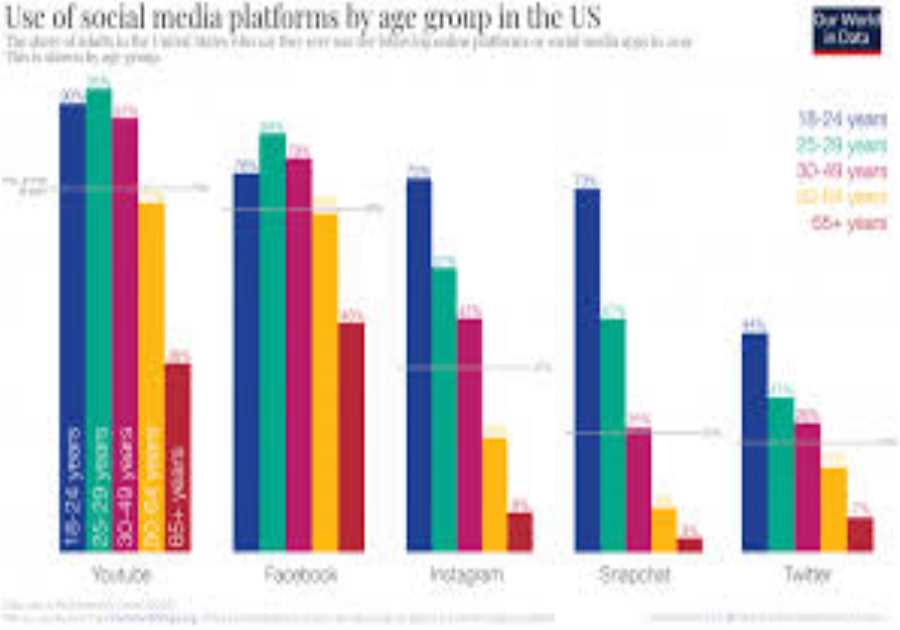
Retirement is no longer just about location preferences and leisure plans. As healthcare costs rise and long-term care becomes a heavier financial burden, Americans planning for their later years are weighing their options with greater scrutiny. A 2025 study commissioned by Marietta-based law firm Jones & Swanson sheds new light on how states stack up when it comes to serving older adults, particularly those navigating nursing home care and broader retirement support systems.
Florida Leads with Balance, but Minnesota Sets the Gold Standard for Care
Florida remains one of the most popular destinations for retirees, primarily due to its sunny climate, lack of state income tax, and abundance of retirement communities. However, when it comes to nursing home affordability and quality of care, it is Minnesota that edges ahead. The study found that Minnesota offered one of the highest healthcare scores in the nation, bolstered by efficient long-term care facilities and robust statewide programs for aging adults.
Florida placed in the top tier for retiree satisfaction but struggled with moderately high long-term care costs. Despite this, its strong support services and active senior population helped maintain a high quality-of-life ranking.
Northeastern States Offer Top Medical Access, but at a Price
States like Massachusetts and Rhode Island received top marks for healthcare quality, but they came with steep monthly expenses. In Massachusetts, the average cost for a private nursing home room surpassed $13,000 per month in 2025, making affordability a serious concern. However, both states scored well in access to doctors, hospital rankings, and senior wellness programs, helping offset financial strain for those with supplemental support.
Rhode Island emerged as a standout for balancing smaller population size with strong infrastructure. For older adults looking for personalized care with coastal charm, it remains a competitive option.
Southern States Face Challenges in Long-Term Care Infrastructure
The study revealed that states like Mississippi and Arkansas faced significant obstacles in both nursing home quality and healthcare access. Mississippi had one of the lowest overall healthcare scores, and Arkansas ranked poorly in state-level support services for seniors. Both also struggled with staffing shortages and aging facilities.
Despite a low cost of living, these southern states pose risks for retirees who may need extensive medical care or specialized support. Their appeal may be higher for independent seniors but less so for those considering assisted living or long-term care.
New Mexico and Nevada Rank Lowest for Senior Safety and Support
New Mexico landed at the bottom of the rankings due to high crime rates and limited access to high-quality medical facilities. Long-term care costs in the state are lower than the national average, but this came at the expense of fewer licensed care professionals and underfunded eldercare programs.
Nevada also scored poorly, particularly in healthcare access outside major metro areas. The high cost of private nursing care in the state, paired with weak senior support programs, raised flags for retirees seeking stability and security.
Key Metrics Behind the Rankings
Jones & Swanson’s evaluation looked across multiple categories, including:
Monthly nursing home costsGeneral cost of livingHealthcare infrastructure and hospital densityStaffing and quality metrics for eldercare facilitiesCrime and safety affecting senior populationsAvailability of state-sponsored support programsStates like Wisconsin, Nebraska, and Utah performed well across several categories, offering affordable long-term care and community support structures. These less-discussed regions may appeal to retirees seeking value and quiet stability.
Retirement Planning Needs a Geographic Strategy
Jones & Swanson’s report makes it clear that retirement decisions should be based on more than aesthetics or tradition. As Americans live longer and require more specialized care, the cost and quality of that care becomes a deciding factor. Choosing a state with the right balance of affordability and healthcare access can make a meaningful difference in retirement satisfaction and security.
The post The Cost of Growing Older: States Struggling and Succeeding in Senior Care in 2025 appeared first on Social Media Explorer.
Did you miss our previous article...
https://socialmediaamplification.com/social-media-analysis/how-a-consultant-helps-you-compete-and-win-in-marketing






